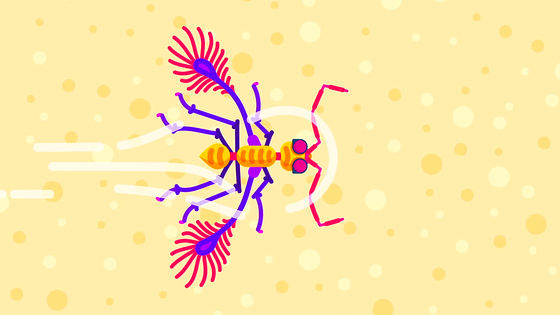Imagine throwing a mouse, a dog, and an elephant from a skyscraper and landing on a pile of soft mattresses. What happens?

The mouse lands, a bit shaken, but soon walks away grumpy. The dog, sadly, wouldn’t make it and the elephant? Well, it’s not a pretty sight. So, why does the mouse survive, but the dog and elephant don’t?
The answer is size. The size determines everything about our biology, how we are built, and how we live and die.
Table of Contents
The Science Behind the Fall

When you’re small, like our mouse, you don’t care much about gravity. Let’s consider a tiny creature the size of a marble.
It has three features: its length, its surface area (skin), and its volume (everything inside). If we make it bigger, say the size of a basketball, its skin grows much more than its length, and its volume (or weight) grows even more.
Weight and Impact: The more weight you have, the more impact you’ll make when you hit the ground.
Surface Area and Air Resistance: The more surface area you have about your weight, the more the impact gets softened, and the more air resistance will slow you down.

An elephant is so big that it has little surface area compared to its volume. That’s why it makes a huge splat when it hits the ground. On the other hand, insects have a huge surface area about their little weight, so you can toss an ant from a plane, and it would be just fine!
Beware of the Water

While falling isn’t a big deal for small creatures, other things like water can be dangerous. Water molecules stick together, creating an invisible “skin” on its surface. This is called surface tension.
For Us: We barely notice it. Only a tiny part of our weight sticks to us when we get wet.
For a Mouse: About 10% of its body weight sticks to it when it’s wet. Imagine having eight full water bottles sticking to you after a shower!
For an Insect: Getting wet can be life and death. It would be like getting stuck in glue.

To avoid this, insects evolved to be water-repellent.
They’re covered with a thin layer of wax and tiny hairs that stop water droplets from touching their exoskeleton.
Some insects even carry their own air bubble and breathe underwater, thanks to surface tension.
The Smallest of Them All


Let’s look at the smallest insects known, like the Fairy Fly.
They’re about half the size of a grain of salt and live in a strange world.
For them, the air is like thin jello, a syrupy mass surrounding them. They swim through the air using their wings like big hairy arms.
The Bottom Line
Different sizes live in their own unique worlds with their own rules. The physical rules are so different for each size that evolution had to engineer around them repeatedly. It’s why you won’t find ants the size of horses or elephants the size of amoeba.
So, the next time you see a bug, remember it’s living in a world entirely different from yours. In a world where falling from a skyscraper is no big deal, a drop of water can be a deadly trap!
SOURCES:
To access relevant information, check out the following blogs:
- Kangaroo Math Blog for Mathematics
- Kancil Science Blog for Science
- Beaver Computational Thinking Blog for Computer Science
- Kijang Economy Blog for Economics





